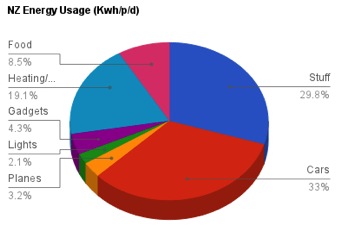
There’s been much talk in recent weeks about the 2degC global warming limit: agreed in Copenhagen, confirmed in Cancun. It has been questioned by many, including Kevin Anderson in a post on this blog, and by US Climate Envoy Todd Stern.
The scientists I’m working with in Doha, from the Climate Action Tracker, gave a press conference last Friday to outline what they think about this “goal” (I put it in quotes because I am a little tired of people saying it’s a “goal”. A goal is something you strive for, but personally I’d rather we didn’t reach it).
But despite what Kevin Anderson and others are saying, these guys, from Climate Analytics, the Pik Potsdam Institute and Ecofys, have done probably the most substantive data crunching and modeling on this issue, the most definitive to date on the subject. Indeed, they did the core work on UNEP’s three Emissions Gap reports.
Their topline is that physically, technically and economically, it’s absolutely feasible. And without having to jump through crazy CCS or bio-energy hoops or any other such negative emissions.
Continue reading “2° be or not 2° be: the choices we face”



 Welcome to the fiftheenth post in the Sustainable Energy without the Hot Air – A New Zealand Perspective series. After our previous posts on
Welcome to the fiftheenth post in the Sustainable Energy without the Hot Air – A New Zealand Perspective series. After our previous posts on 
You must be logged in to post a comment.